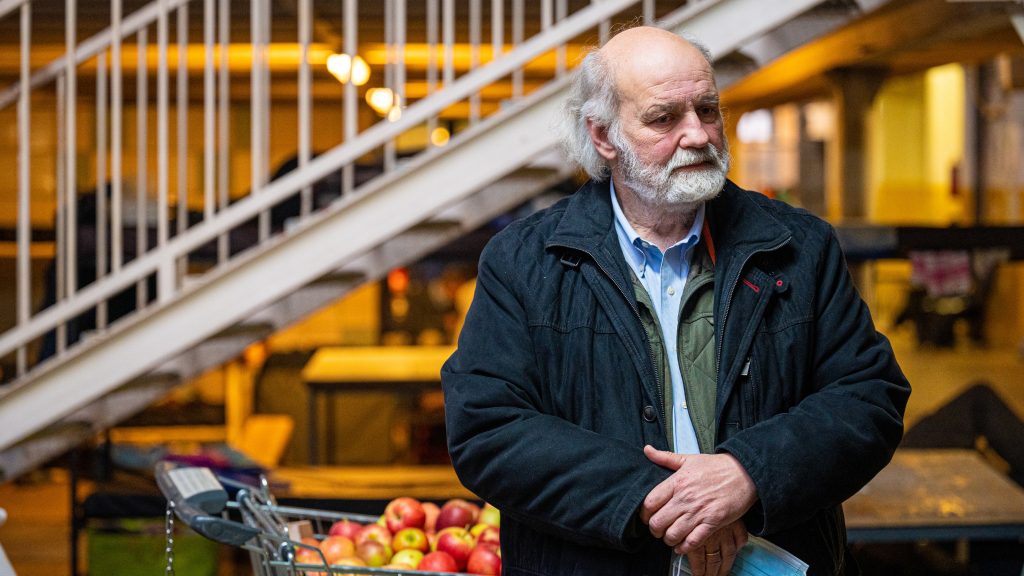Jennifer Gonnerman írása (The New Yorker)
Last fall, I wrote about a young man named Kalief Browder, who spent three years on Rikers Island without being convicted of a crime. He had been arrested in the spring of 2010, at age sixteen, for a robbery he insisted he had not committed. Then he spent more than one thousand days on Rikers waiting for a trial that never happened. During that time, he endured about two years in solitary confinement, where he attempted to end his life several times. Once, in February, 2012, he ripped his bedsheet into strips, tied them together to create a noose, and tried to hang himself from the light fixture in his cell.
In November of 2013, six months after he left Rikers, Browder attempted suicide again. This time, he tried to hang himself at home, from a bannister, and he was taken to the psychiatric ward at St. Barnabas Hospital, not far from his home, in the Bronx. When I met him, in the spring of 2014, he appeared to be more stable.
Then, late last year, about two months after my story about him appeared, he stopped going to classes at Bronx Community College. During the week of Christmas, he was confined in the psych ward at Harlem Hospital. One day after his release, he was hospitalized again, this time back at St. Barnabas. When I visited him there on January 9th, he did not seem like himself. He was gaunt, restless, and deeply paranoid. He had recently thrown out his brand-new television, he explained, “because it was watching me.”
After two weeks at St. Barnabas, Browder was released and sent back home. The next day, his lawyer, Paul V. Prestia, got a call from an official at Bronx Community College. An anonymous donor (who had likely read the New Yorker story) had offered to pay his tuition for the semester. This happy news prompted Browder to reënroll. For the next few months he seemed to thrive. He rode his bicycle back and forth to school every day, he no longer got panic attacks sitting in a classroom, and he earned better grades than he had the prior semester.
Ever since I’d met him, Browder had been telling me stories about having been abused by officers and inmates on Rikers. The stories were disturbing, but I did not fully appreciate what he had experienced until this past April when I obtained surveillance footage of an officer assaulting him and of a large group of inmates pummeling and kicking him. I sat next to Kalief while he watched these videos for the first time. Afterward, we discussed whether they should be published on The New Yorker’s Web site. I told him that it was his decision. He said to put them online.
He was driven by the same motive that led him to talk to me for the first time, a year earlier. He wanted the public to know what he had gone through, so that nobody else would have to endure the same ordeals. His willingness to tell his story publicly—and his ability to recount it with great insight—ultimately helped persuade Mayor Bill de Blasio to try to reform the city’s court system and end the sort of excessive delays that kept him in jail for so long.








